|
For Michigan and much of the upper Midwest and Northeast, May marks the beginning of the six-month mushroom-hunting season and is heralded by a unique cast of tasty fungi. I recently received an email from the Michigan Mushroom Hunter's Club that listed the 26 species of common macrofungi that can be found in May. This list comes from a 1986 article by Walt Sturgeon entitled "May in Michigan Means Morels and More", which is what my alliterative header pays homage to. I wanted to share the list here, both as a phenological resource as well as a reference of edibility. The names are updated to reflect current taxonomy:
First off, kudos to Michael Kuo for his excellent descriptions of 25/26 of the items on this list. Where would we be without him? Second, while going through the original list I was impressed with the amount of change that has taken place over about 30 years. Beyond name changes, species concepts have altered drastically for many of these groups. While some, like Galerina marginata, are examples of a clumping of what used to be multple species into one name, most research seems to expand the number of North American species and discover cryptic diversity. Much more work remains to be done, though. Neofavolus alveolaris represents a few different species in the United States, one of which was just described (Neofavolus americana by Xing et al. 2020), and Pluteus cervinus is certainly a stand-in for a diverse group of species that deserves attention. The mushroom situation nowadays truly is different. My challenge is to find not only all the species on this list, but also the mushrooms have been discovered in the past few decades, and others that have only recently arrived. Take the morel situation. Thanks to recent investigations by Michael Kuo and others, we know that there are actually eight different morel species in Michigan. In addition to Morchella americana and M. angusticeps, we have M. diminutiva, M. prava, M. punctipes, M. septentrionalis, and M. ulmaria; M. exuberans, the western post-fire morel, was recently found for the first time in Michigan and is therefore another addition to this list (Miller et al. 2017). Another recent arrival is Pleurotus citrinopileatus, the golden oyster mushroom. Native to northeastern Asia, golden oysters were introduced to the United States as a very tasty cultivated mushroom. Only in the past few years, though, they seem to have "escaped" cultivation and can now be found growing in the wild as massive cascading clusters. Just in the past two days they were spotted in Michigan (e.g., on iNaturalist). While exceedingly delicious, their rapid spread and prolific growth could radically change fungal communities with unknown consequences. An impressive 11 of the 26 fungi in the list above are not yet represented in my quest towards eating 1001 fungi. I'm excited to see how many of them I can try this month! How many of these fungi have you, will you, or did you find in May? Are there any other tasty edibles not mentioned here that can be found around this time? ReferencesMiller, A. N., Raudabaugh, D. B., Iturriaga, T., Matheny, P. B., Petersen, R. H., Hughes, K. W., … O’Donnell, K. (2017). First report of the post-fire morel Morchella exuberans in eastern North America. Mycologia, 109(5), 710–714. https://doi.org/10.1080/00275514.2017.1408294 Xing, J.-H., Zhou, J.-L., & Cui, B.-K. (2020). Two new species of Neofavolus (Polyporales, Basidiomycota) based on morphological characters and molecular evidence. Mycological Progress, 19, 471–480. https://doi.org/10.1007/s11557-020-01574-8
0 Comments
Your comment will be posted after it is approved.
Leave a Reply. |
PermalinksProject Introduction Top EdiblesHericium coralloides
Laetiporus sulphureus Morchella americana Polyporus umbellatus Suillus ampliporus Archives
April 2023
Categories |
|
|
Terms of Use, Liability Waiver, and Licensing
The material on aldendirks.com is presented for general informational and educational purposes only, and under no circumstances is to be considered a substitute for identification of an actual biological specimen by a person qualified to make that judgment. Some fungi are poisonous; please be cautious. All images on this website are licensed under Attribution-NonCommercial-NoDerivatives 4.0 International (CC BY-NC-ND 4.0). |
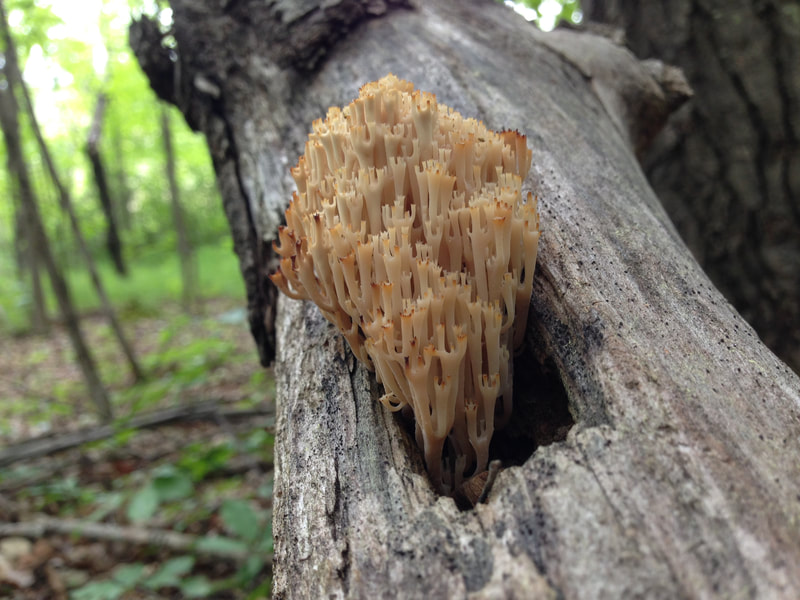
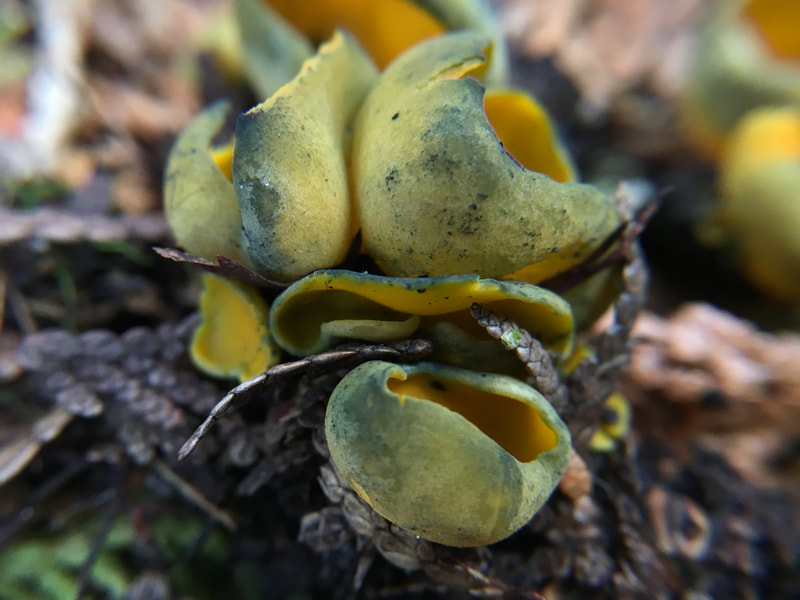
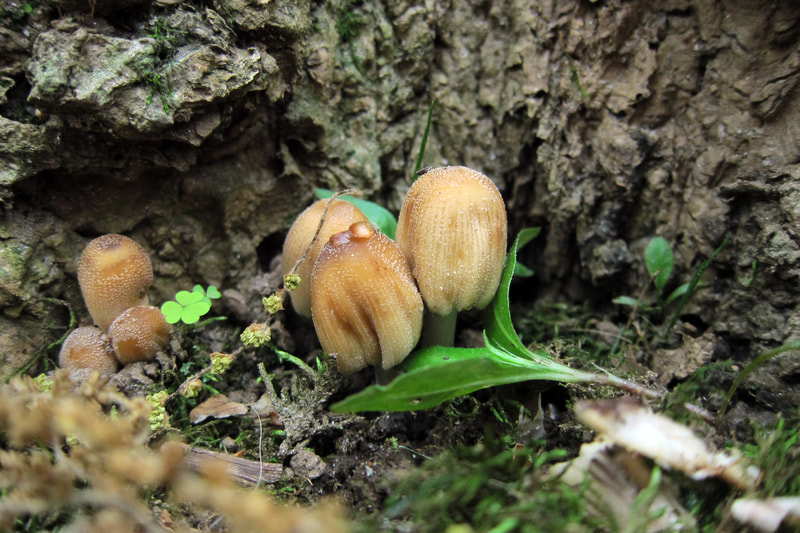

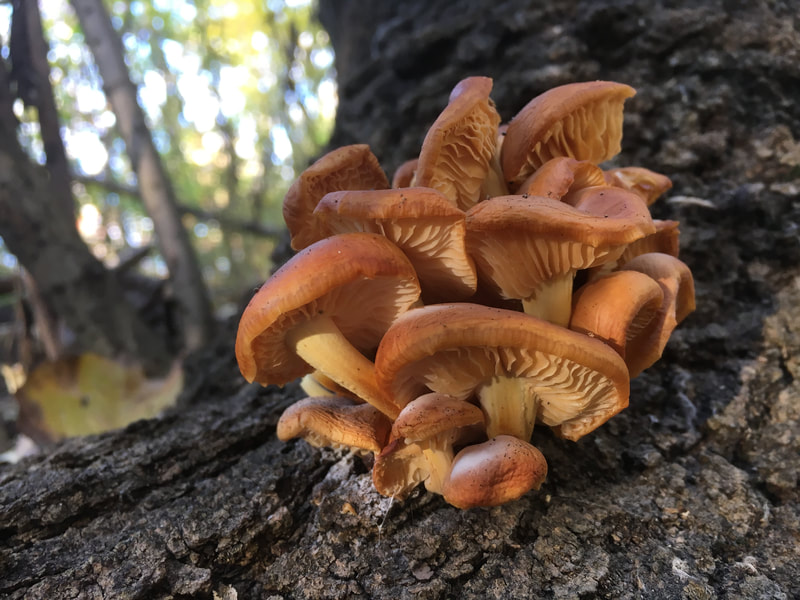
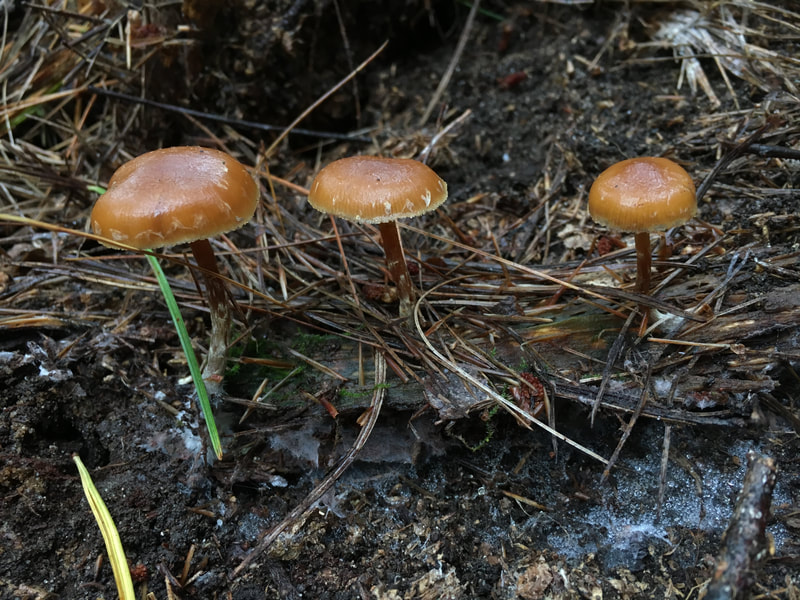
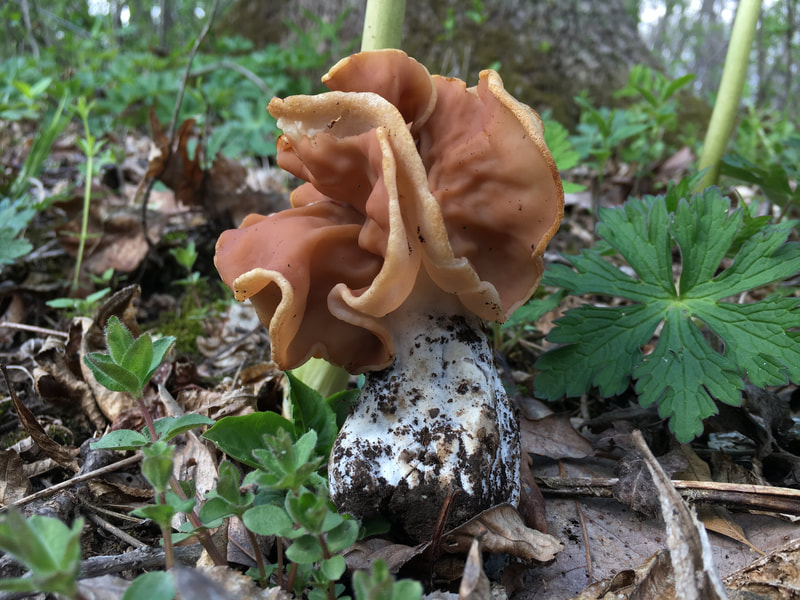
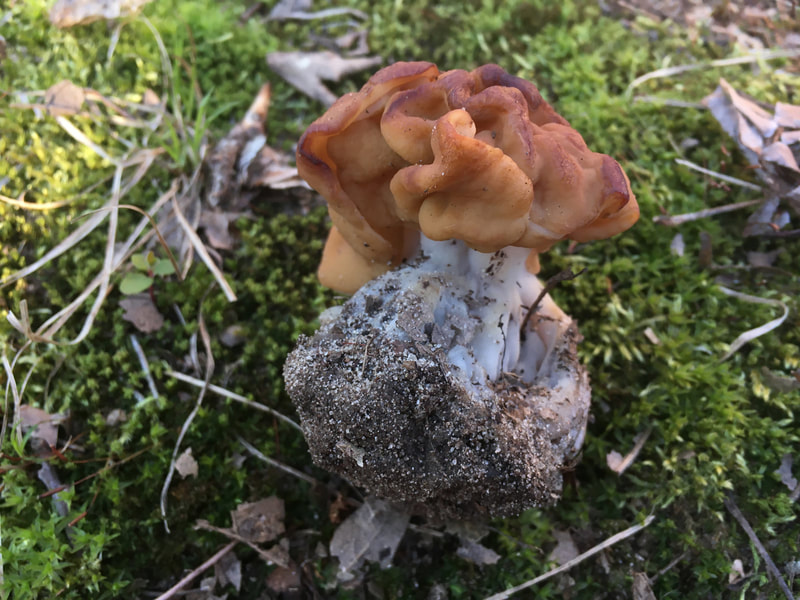
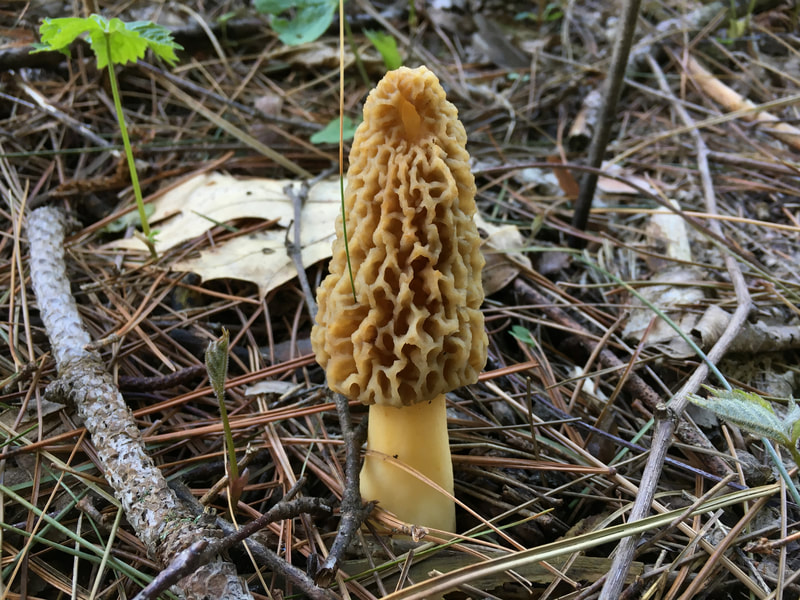
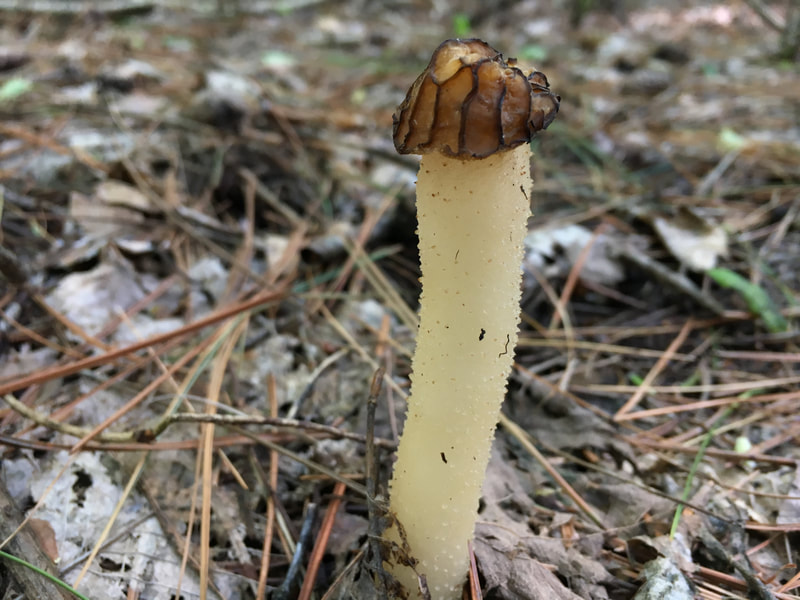
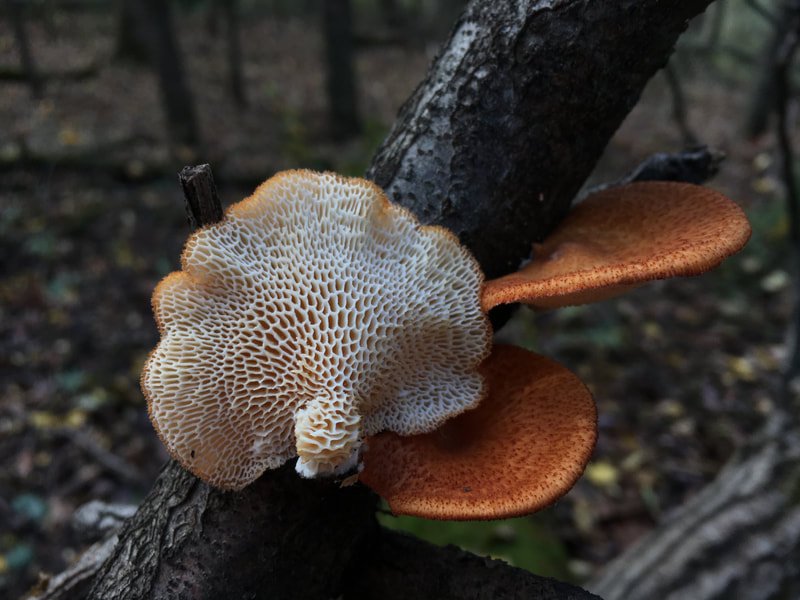
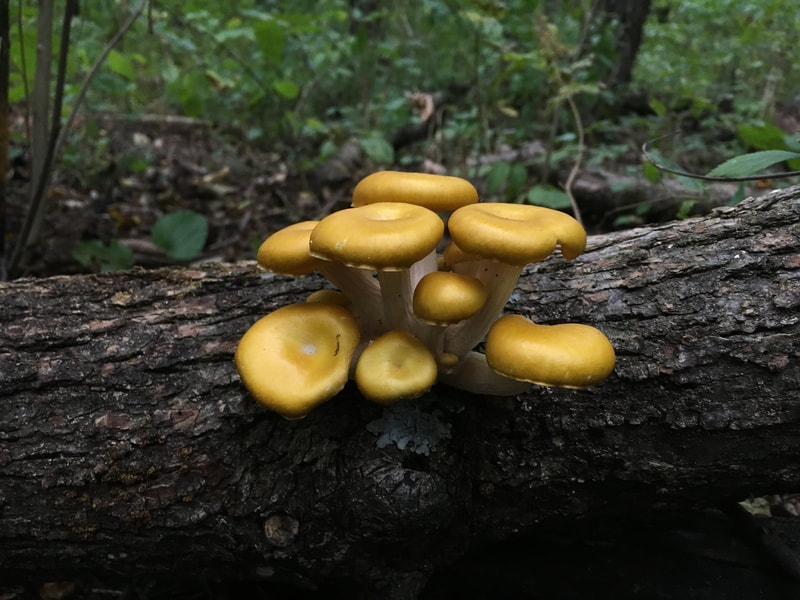
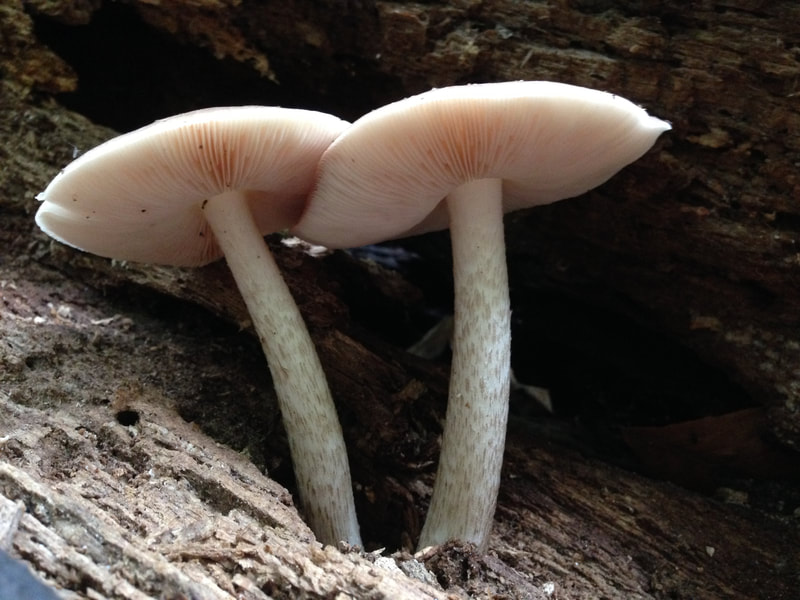
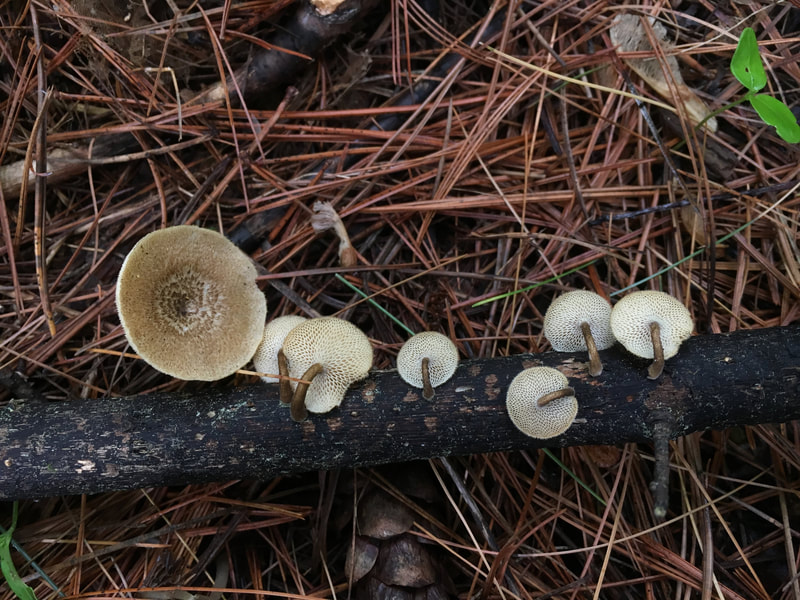
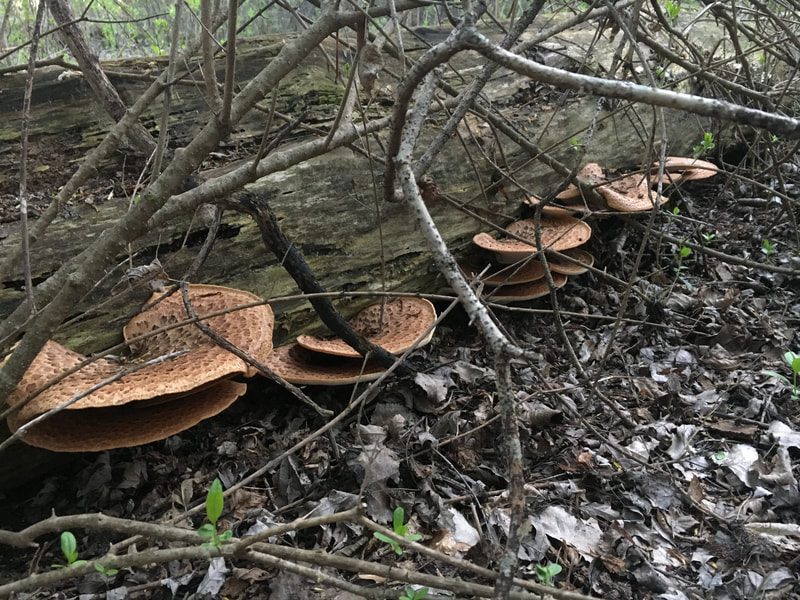
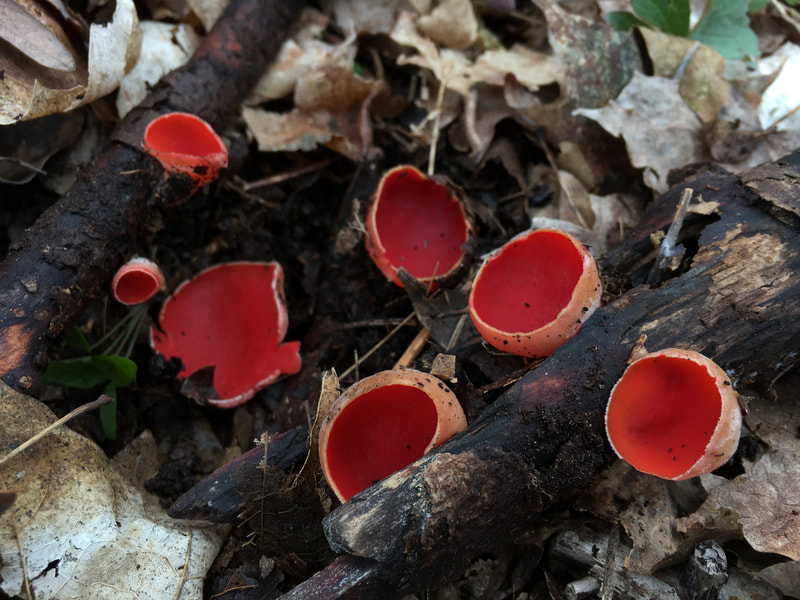
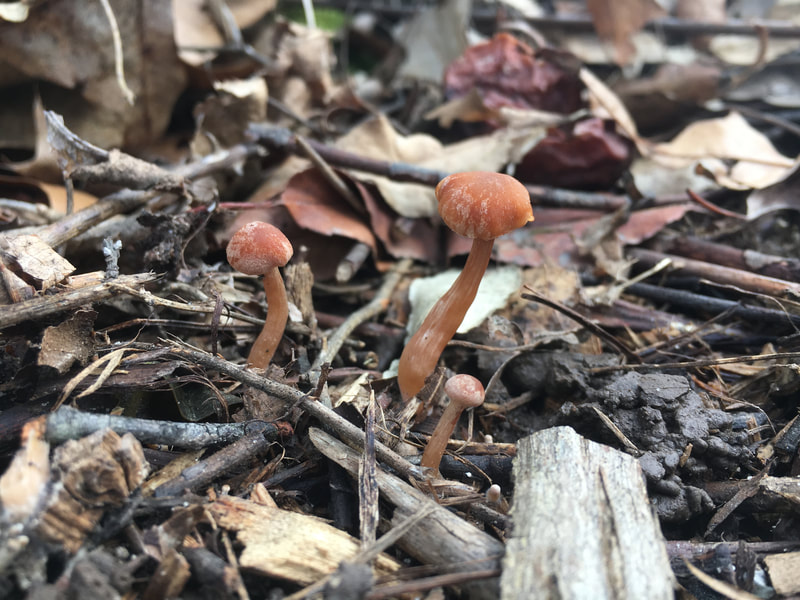
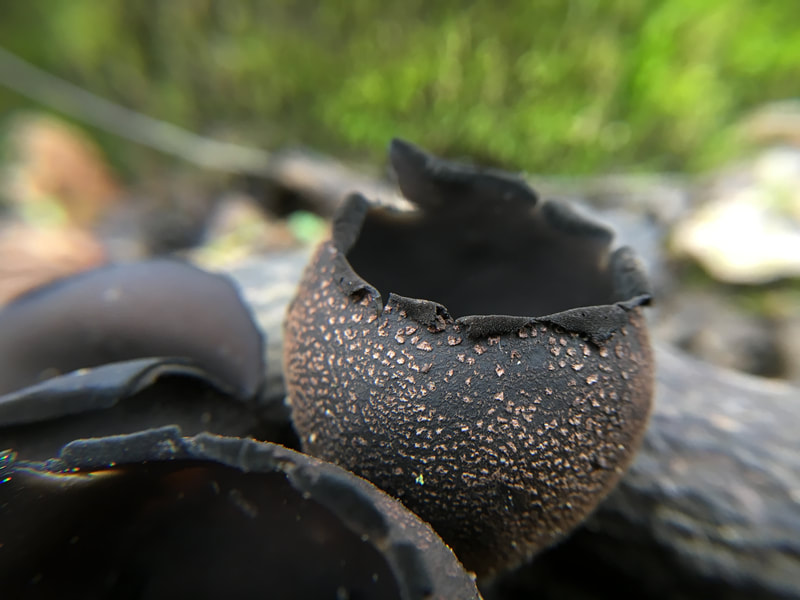
 RSS Feed
RSS Feed




